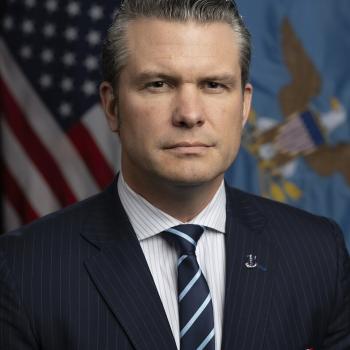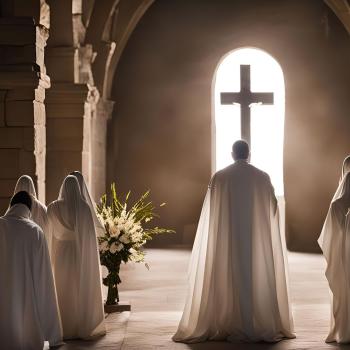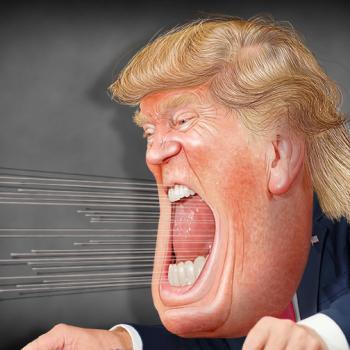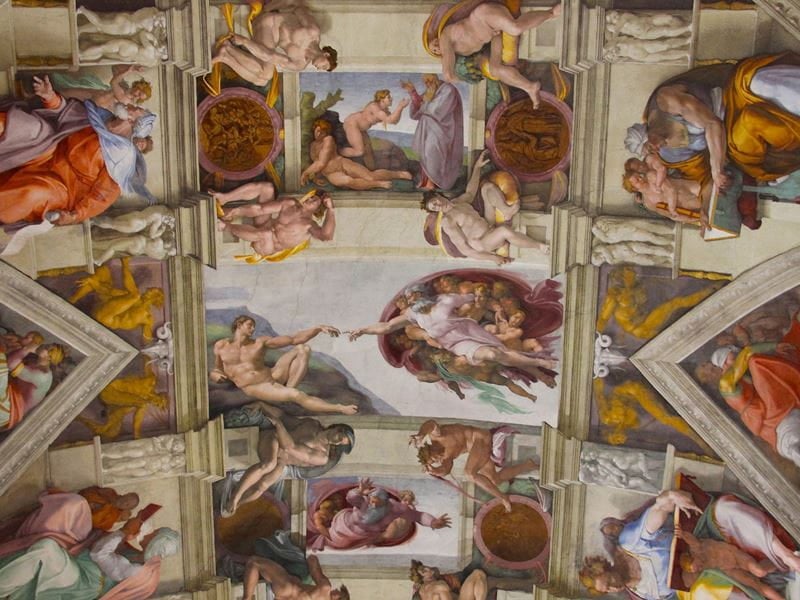
- Trending:
- Pope Leo Xiv
- |
- Israel
- |
- Trump
- |
- Social Justice
- |
- Peace
- |
- Love
The 100 Most Holy Places On Earth
Sistine Chapel

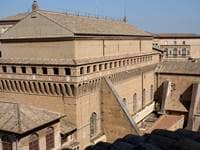
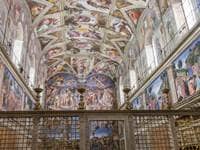
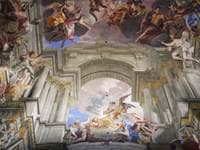
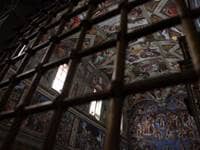
Associated Faiths:
It also draws in a very high percentage of Christians from other denominations as well. While many non-Christian visitors enter each year, this is mostly for non-religious reasons, and they do not hold the edifice as a “sacred space” in their tradition.
Accessibility:
Open to visitors.
Annual visitors: 6,000,000
History
The Sistine Chapel is located in the Apostolic Palace of Vatican City. It is the chapel associated with the pope’s official residence and was constructed (from 1473 through 1481) under the direction of Pope Sixtus IV. The Latin name of the Sistine Chapel is “Sacellum Sixtinum.” Thus, the chapel takes its name from Pope Sixtus, who commissioned it.
On the site of the current Sistine Chapel once rested a different edifice. That predecessor church was known as the Chapel of Pope Nicholas V—which was built some time prior to 1368. In a state of disrepair, with walls about to collapse, Pope Sixtus IV had the dangerous and dilapidated former chapel demolished (in the 3rd quarter of the 15th century). Thus, what would eventually be known as the Sistine Chapel was built on the lot.
While five High Renaissance painters created some late-15th century frescos, depicting scenes from the life of Moses and the life of Christ, the most popular 343 murals of the Sistine Chapel were painted in the 16th century by Michelangelo. His various murals depict scenes from the Hebrew Bible, particularly the book of Genesis. The famed depiction of God touching the finger of Adam, giving him life, is located in the Sistine Chapel—as is the fear-provoking depiction of the Last Judgment (which is located behind the altar). The latter of these was the last to be completed, finished in 1541, some 33 years after Michelangelo first started creating his murals for the celebrated chapel.
The chapel’s primary purpose has centered around a couple of important activities, central to the governance of the Church. First, it is the formal location of the Cappella Pontifica (or what used to be called the “Papal Court”). Comprised of approximately 200 people, the Papal Calendar stipulates that the Cappella Pontifica should meet fifty times a year, bringing together clergy, Vatican officials, and certain eminent lay members of the Church—to assist the pope in carrying out various religious and civil ceremonies. The second primary purpose of the Sistine Chapel is its use as the place of papal conclaves—wherein the College of Cardinals gather (when a pope has died) in order to elect a new pope. The first papal conclave to be held in the Sistine Chapel was in 1492. While, since that time, conclaves have been held outside of the Chapel, it has become the primary place where these sacred meetings are convened.
Religious Significance
While a “sacred space” is deemed holy for a number of reasons, when a place is deemed as such, there is often an effort to beautify the sacred, so that it feels set apart. This is certainly the case with the Sistine Chapel. While several High Renaissance painters have contributed to frescos in the Chapel, the most important, and those which have the greatest draw and aesthetic appeal, are those painted by Michelangelo (in the first half of the 16th century). The 343 murals which he painted, most notably on the Chapel’s ceiling and behind the altar, create an air of holiness and awe appropriate of a sacral space such as this.
Another reason that the Sistine Chapel is holy, beyond how one might perceive a simple Catholic Church, has to do with its officiants. The priest who eventually becomes the pope no longer has the time or opportunity to officiate (with any frequency) in the seven sacraments of the Church. However, it is in the Sistine Chapel that the pope himself celebrates the Christmas Day and Easter masses. Thus, the most holy of men (in traditional Roman Catholic thought) engages in the most holy of acts in this “sacred space,” making the celebration of the Mass therein, and on those special occasions, just that much more elevated in its sacral nature.
For approximately 550 years, Roman Catholic popes have been elected in the Sistine Chapel. No, not all have been voted upon therein—but it has been the designated and traditional site for papal conclaves since the end of the 15th century. Think of it. For the largest of Christian denominations, and for more than one billion people, in this “sacred site” God reveals His will to the cardinals of the Church, pointing out to them who it is that He would have run His Church. As successor to Peter, the Chief Apostle of Jesus, the Bishop of Rome has long held a sacred place is Catholic ecclesiology. Thus, the fact that the Sistine Chapel is the appointed place where this revelatory process is to happen, makes it a site holy like few others.
Related to this previous point, whether you are Catholic or not, popes and the Catholic Church have wielded significant power and influence in our world. For at least 1,400 years, the Bishop of Rome has been “first among equals,” directing the Church, but also greatly influencing politics—particularly in years past. Even today, his voice on morals, ethics, the environment, etc., have dramatic influence on Catholics, but also for the world, whose trends popes have influenced and, at times, swatted down. Thus, the Sistine Chapel—the chapel associated with the residence of the pope, the Apostolic Palace—stands as a symbol for the pope, his influence, his authority, his sacred calling, and his position as God’s representative upon the earth. There us much sacred symbolism attached to this building, who it represents, and what happens therein.





